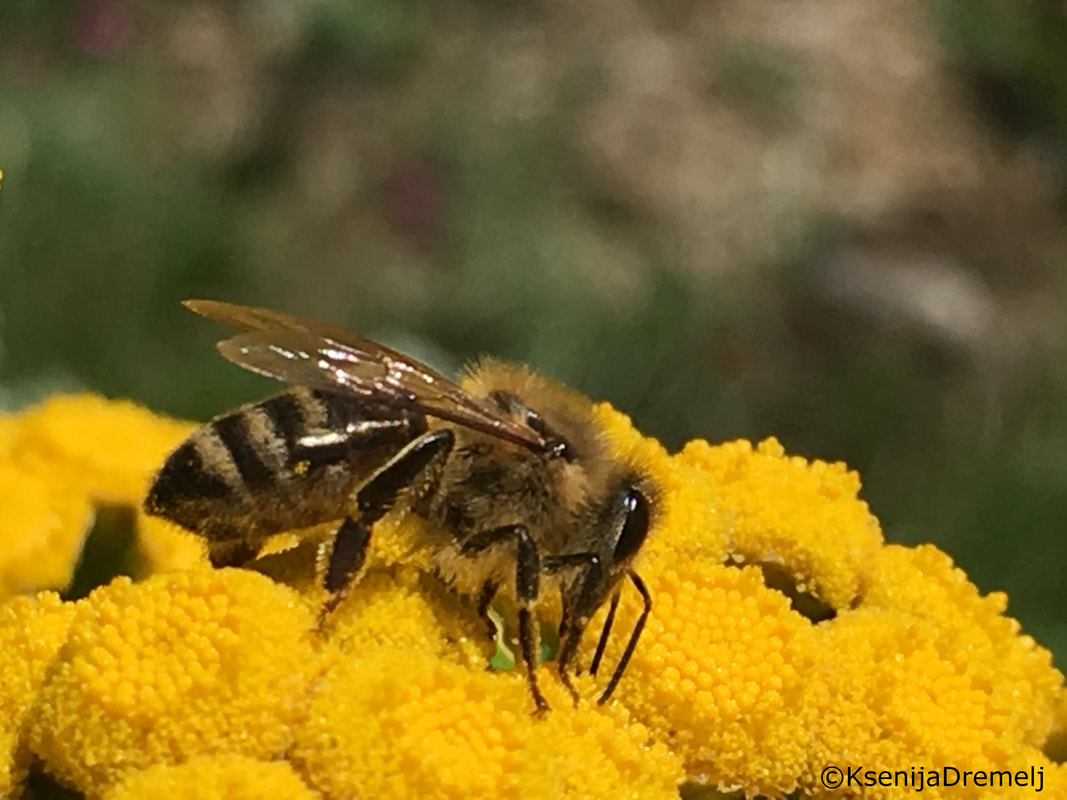CALM AND GENTLE BEHAVIOURCarniolan Honey bees are considered as a very gentle and non-aggressive bee species. Their behaviour on the comb is calm and docile, which makes them easy to work with. They do, however, protect the hive efficiently against predators (hornets, moths) by keeping strict and attentive bee guards. Strong colonies also protect themselves well from robber bees.
|
RESISTANT AND HARDY
Since they originate in a climate with long and cold winters, Carniolan bees are used to harsh winter conditions. They overwinter with a smaller number of winter bees and therefore use up smaller amounts of the honey stores. They are also more resistant against certain brood diseases.
HIGH YIELDSEfficient and hard-working, Carniolan honey bees forage even early in the morning and late in the evening, sometimes also on cool and wet days. They are excellent for pollination and collect flower honey, but they are especially renowned for locating forest honey sources or honeydew. It has been proven that the dance of the Carniolan bee is more accurate at describing the direction and distance to a food source than the dances of other bee subspecies. Carniolan bees are also known for their excellent sense of orientation. They remember the exact location of their home hive by the shape rather than their colour and drift only rarely from one hive to another, even if they are positioned close together. This makes them especially suited for pavilion style of beekeeping, which is a traditional method of beekeeping in Slovenia – as seen on the picture.
|
ADJUSTMENT TO THE CLIMATE
|
Carniolan queen adjusts her brood production according to external conditions: early in spring, the brood production is fast and the queen can lay up to 5.000 eggs per day in good forage conditions. When there is less nectar and pollen available (during drought or in autumn), the bees prepare to rear hardier and longer living winter bees. During the winter, Carniolan queen stops laying eggs and can survive with a small number of winter bees.
|
RAPID SPRING DEVELOPMENT
|
In spite of small number of winter bees, the spring development and brood production are rapid and the size of the colony grows quickly, or »explodes« in the spring months. Since the spring in their native environment is short, Carniolan bees make good use of spring nectar and pollen and are excellent early spring pollinators. They are not bothered by the cool mornings or slight spring showers at all.
|
THE QUIRKS OF THE CARNIOLAN HONEY BEE
MORE PRONE TO SWARMING IF OVERCROWDEDWhen the broodchamber becomes overcrowded and the queen does not have enough free space for laying new eggs, Carniolan honey bee tends to begin swarming more quickly than other bee sub-species (i.e. Ligustica).
Therefore, more attention must be paid to the broodchamber of the Carniolan colony. With regular expanding of the brood chamber, enough space for new brood and good nectar sources, the Carniolan bees usually tend to forget their swarming tendency and focus on collecting honey. THE BROODNEST DEPENDS ON THE AVAILABILITY OF POLLENFor brood rearing, Carniolan bee needs a steady supply of pollen. In late autumn, the queen tends to slow down laying and ceases brood production completely during cold winter months. In spring, where there is enough pollen, the brood production is fast and the brood nest expands very quickly. If you want to keep a strong colony in the months with low pollen availability, you might need to add pollen or pollen surrogates or provide additional pollen sources by planting additional bee forage, such as flowers, shrubs or trees.
|




